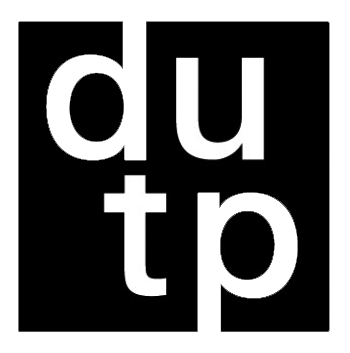PLANIFICACIÓN COSTERA
Estudio Comparado de Instrumentos de Planificación Territorial
DOI:
https://doi.org/10.5821/siiu.13006Abstract
If there is a global territory that could be defined as paradigmatic in terms of its continuous transformations, it is undoubtedly the coastal zone. In the case of Chile, the coastal zone has undergone profound socio-territorial transformations as a result of anthropisation processes that have accelerated the exposure of human settlements to natural hazards and the degradation of their ecosystems. In this context, the present paper aims to explore, through a literature review, some of the main theoretical approaches currently guiding coastal planning.
At the same time, through a comparative study, it seeks to analyse a coastal planning instrument in Chile with an instrument recognised as international good practice. The results show that the coastal planning instruments in Chile do not integrate some of these main approaches, as their response is ineffective in the face of the current challenges facing the coastal zone.
Downloads
Published
Issue
Section
License
Copyright (c) 2024 Creative Commons

This work is licensed under a Creative Commons Attribution-NonCommercial-ShareAlike 4.0 International License.
Aquellos autores/as que tengan publicaciones con esta revista, aceptan los términos siguientes:
- Los autores/as conservarán sus derechos de autor y garantizarán a la revista el derecho de primera publicación de su obra, el cuál estará simultáneamente sujeto a la Licencia de reconocimiento de Creative Commons CC BY-NC-ND- 4.0 que permite a terceros compartir la obra siempre que se indique su autor y su primera publicación esta revista, pero no se pueden cambiar ni se pueden utilizar comercialmente.
- Los autores/as podrán adoptar otros acuerdos de licencia no exclusiva de distribución de la versión de la obra publicada (p. ej.: depositarla en un archivo telemático institucional o publicarla en un volumen monográfico) siempre que se indique la publicación inicial en esta revista.
- Se permite y recomienda a los autores/as difundir su obra a través de Internet (p. ej.: en archivos telemáticos institucionales o en su página web) antes y durante el proceso de envío, lo cual puede producir intercambios interesantes y aumentar las citas de la obra publicada. (Véase El efecto del acceso abierto).











